WebEOC® v.8.4 [Dec. 2017]
 Originally developed for public safety and emergency management
officials, WebEOC is also used for routine operations in private
corporations, public utilities, domestic and international airlines,
health care associations, and universities, as well as by government at
every level---city, county and state agencies nationwide, and NASA, EPA,
and other Federal Agencies within the Departments of Defense, Energy,
Agriculture, and Health & Human Services.
Originally developed for public safety and emergency management
officials, WebEOC is also used for routine operations in private
corporations, public utilities, domestic and international airlines,
health care associations, and universities, as well as by government at
every level---city, county and state agencies nationwide, and NASA, EPA,
and other Federal Agencies within the Departments of Defense, Energy,
Agriculture, and Health & Human Services.
Following the events of September 11, 2001, the Department of Justice
(DOJ), National Institute of Justice (NIJ)/Office of Science and
Technology (OS&T) conducted an evaluation of what is now known
industry-wide as Crisis Information Management Software (CIMS). At the
time there existed relatively few software firms providing CIMS – the
software used in emergency operations centers (EOCs) to manage crisis
information.
ESi was one of only ten software firms who subjected its software,
WebEOC®, to DOJ’s independent evaluation. Since that time, ESi has
become the leading provider of CIMS nationwide. WebEOC first received
industry-wide exposure in the July 1999 edition of the International
Association of Emergency Managers (IAEM) Bulletin. In an article written
by then IAEM Region IX President B.J. Sibley, WebEOC and the concept of
a “virtual” EOC were given widespread recognition.
Today, WebEOC is used by agencies within DOD, DOE, DHS, EPA,
NASA, state, county, and city EOCs, domestic and international airlines,
healthcare associations, corporations, public utilities, and
universities. It has also been adopted by government agencies
internationally.





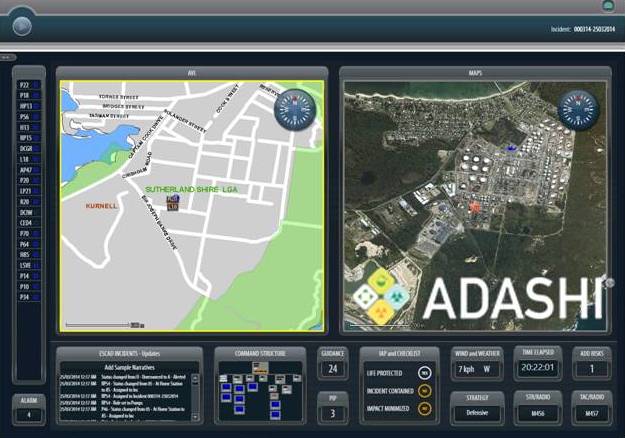

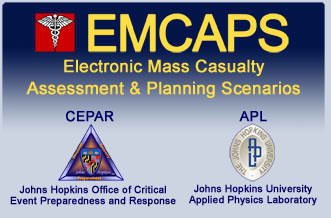 Electronic Mass Casualty Assessment & Planning Scenarios - EMCAPS
Electronic Mass Casualty Assessment & Planning Scenarios - EMCAPS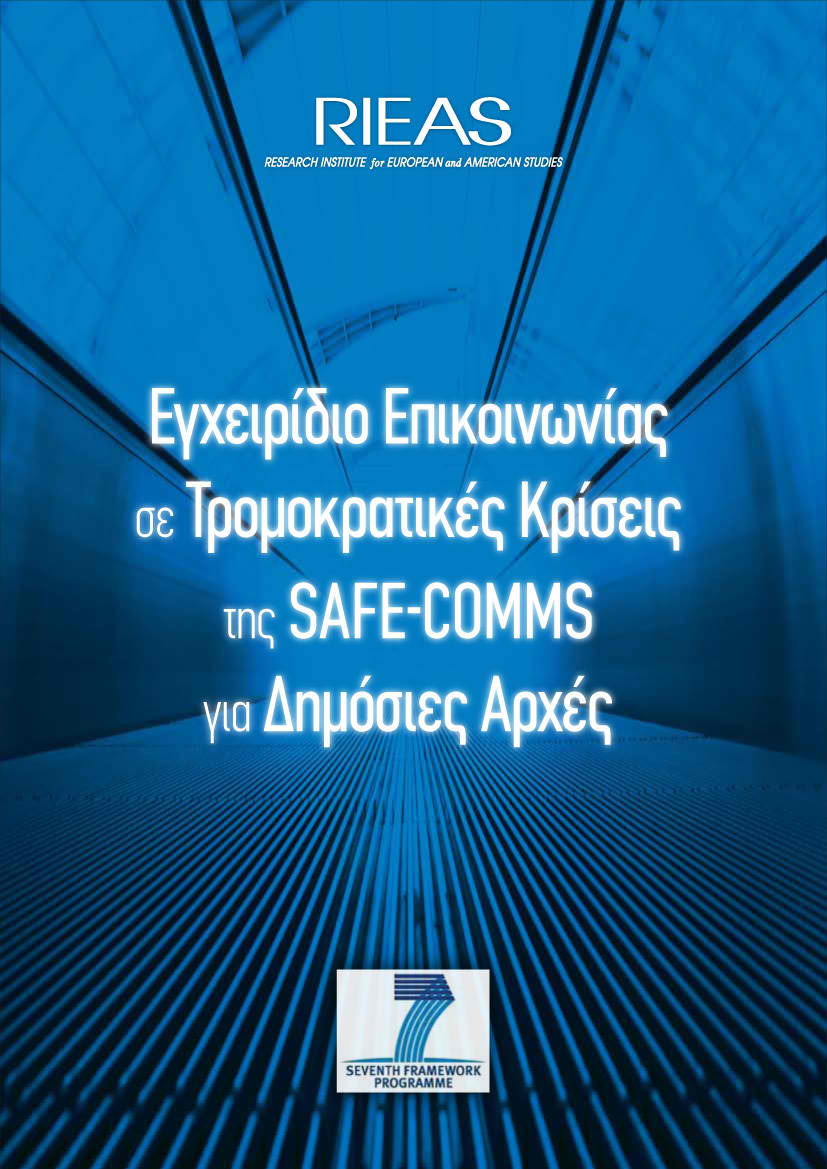
 LifeNet
is a WiFi-based data communication solution designed for post-disaster
scenarios. It is open-source software and designed to run on consumer
devices
such as laptops, smart-phones and wireless routers. LifeNet is an ad
hoc networking platform over which critical software applications like
chatting, voice
messaging, MIS systems, etc. can be easily deployed. LifeNet grows
incrementally, is robust to node failures and enables Internet sharing.
A novel multi-path ad-hoc routing protocol present at its core,
enables LifeNet to meet all the aforementioned needs.
LifeNet
is a WiFi-based data communication solution designed for post-disaster
scenarios. It is open-source software and designed to run on consumer
devices
such as laptops, smart-phones and wireless routers. LifeNet is an ad
hoc networking platform over which critical software applications like
chatting, voice
messaging, MIS systems, etc. can be easily deployed. LifeNet grows
incrementally, is robust to node failures and enables Internet sharing.
A novel multi-path ad-hoc routing protocol present at its core,
enables LifeNet to meet all the aforementioned needs.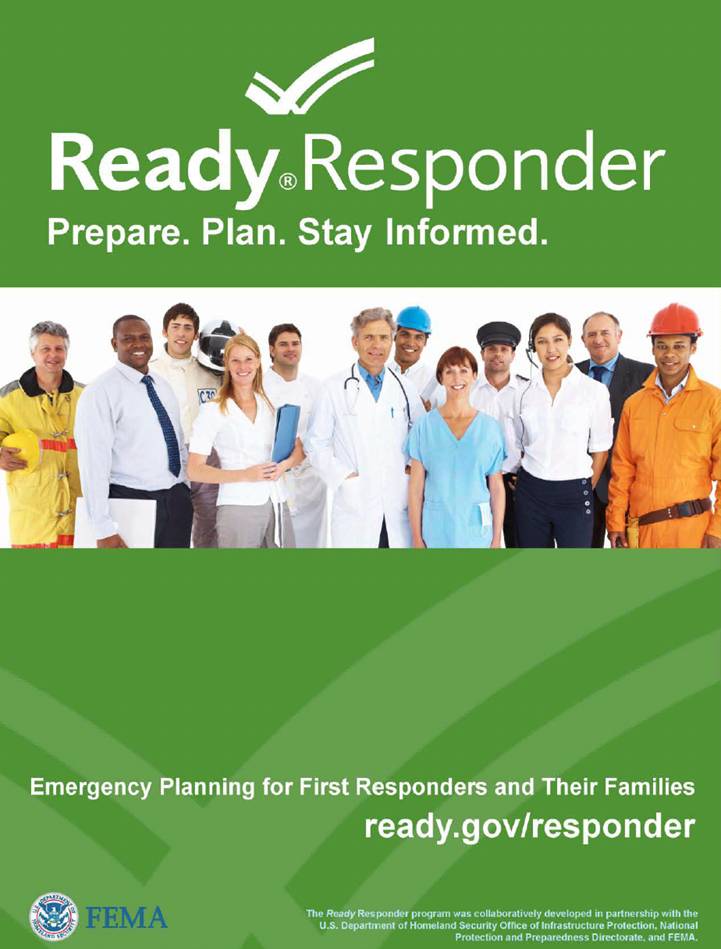 2011
2011
 ALOHA (Areal Locations of Hazardous Atmospheres) is a computer program
designed especially for use by people responding to chemical releases, as well
as for emergency planning and training. ALOHA models key hazards—toxicity,
flammability, thermal radiation (heat), and overpressure (explosion
blast force)—related to chemical releases that result in toxic gas dispersions,
fires, and/or explosions. ALOHA runs quickly on small computers (Microsoft®
Windows® or Macintosh®) that are easily transportable. It is designed to be
easy to use so that you can operate it successfully during high-pressure situations. Its chemical library contains information about the physical
properties of approximately 1,000 common hazardous chemicals. Its computations
represent a compromise between accuracy and speed; ALOHA has been designed to
produce good results quickly enough to be of use to responders. ALOHA is designed
to minimize operator error. It checks information that you enter and warns you
when you make a mistake. ALOHA's on-screen help offers you quick access to
explanations of ALOHA's features and computations, as well as background
information to help you interpret its output.
ALOHA (Areal Locations of Hazardous Atmospheres) is a computer program
designed especially for use by people responding to chemical releases, as well
as for emergency planning and training. ALOHA models key hazards—toxicity,
flammability, thermal radiation (heat), and overpressure (explosion
blast force)—related to chemical releases that result in toxic gas dispersions,
fires, and/or explosions. ALOHA runs quickly on small computers (Microsoft®
Windows® or Macintosh®) that are easily transportable. It is designed to be
easy to use so that you can operate it successfully during high-pressure situations. Its chemical library contains information about the physical
properties of approximately 1,000 common hazardous chemicals. Its computations
represent a compromise between accuracy and speed; ALOHA has been designed to
produce good results quickly enough to be of use to responders. ALOHA is designed
to minimize operator error. It checks information that you enter and warns you
when you make a mistake. ALOHA's on-screen help offers you quick access to
explanations of ALOHA's features and computations, as well as background
information to help you interpret its output. CHEMM was produced by the U.S. Department of Health
and Human Services, Office of the Assistant Secretary for Preparedness and
Response, Office of Planning and Emergency Operations, in cooperation with the
National Library of Medicine, Division of Specialized Information Services, and
many medical, emergency response, toxicology, and other types of experts. The
goals of this
CHEMM was produced by the U.S. Department of Health
and Human Services, Office of the Assistant Secretary for Preparedness and
Response, Office of Planning and Emergency Operations, in cooperation with the
National Library of Medicine, Division of Specialized Information Services, and
many medical, emergency response, toxicology, and other types of experts. The
goals of this 


 Wiser
Wiser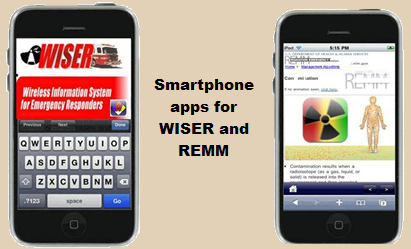

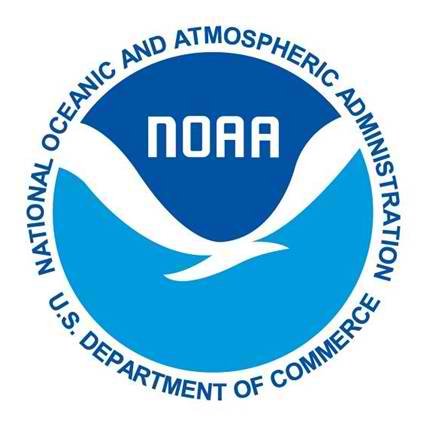 National Oceanic and Atmospheric Administration (NOAA) and the
Environmental Protection Agency (EPA)
National Oceanic and Atmospheric Administration (NOAA) and the
Environmental Protection Agency (EPA)

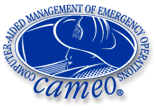 CAMEOfm (v.3.5 [Dec 2018])
CAMEOfm (v.3.5 [Dec 2018])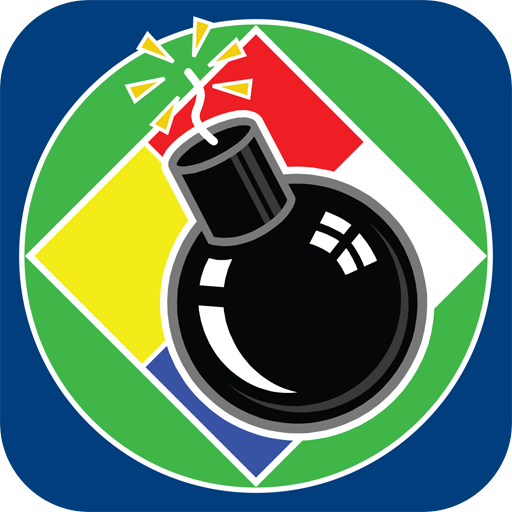 FiRST provides responders and emergency managers with
critical, mobile, map-based information to support IED and Hazmat incident
response. Users can access response data, annotate digital maps, retrieve
current weather to orient downwind hazard areas, and assess roadblocks to
isolate the area. Used in conjunction with the FiRST Sharing Service (see other
side), organizations can share incident GIS data across mobile, Windows PC, and
browser-based systems.
FiRST provides responders and emergency managers with
critical, mobile, map-based information to support IED and Hazmat incident
response. Users can access response data, annotate digital maps, retrieve
current weather to orient downwind hazard areas, and assess roadblocks to
isolate the area. Used in conjunction with the FiRST Sharing Service (see other
side), organizations can share incident GIS data across mobile, Windows PC, and
browser-based systems.